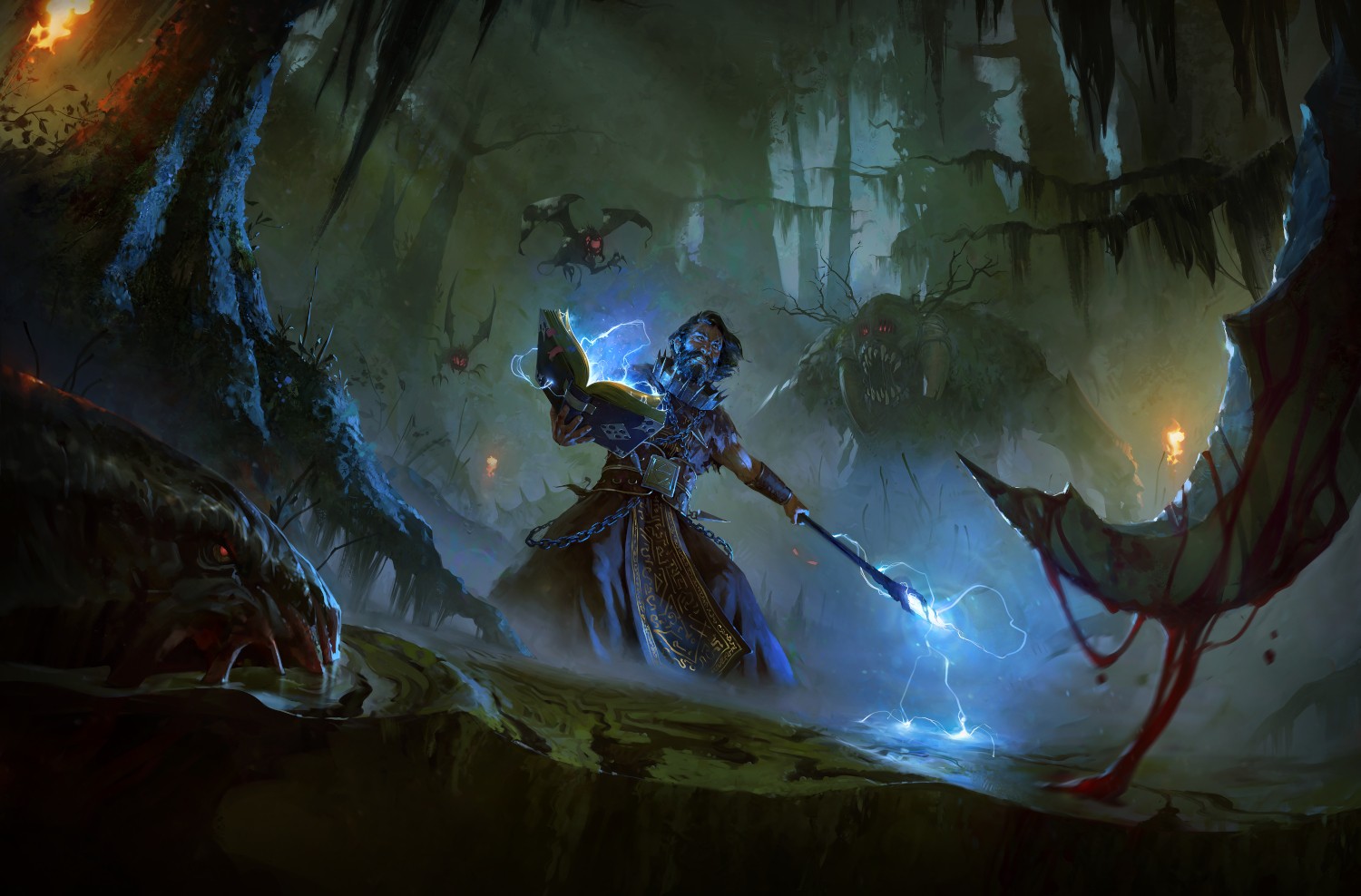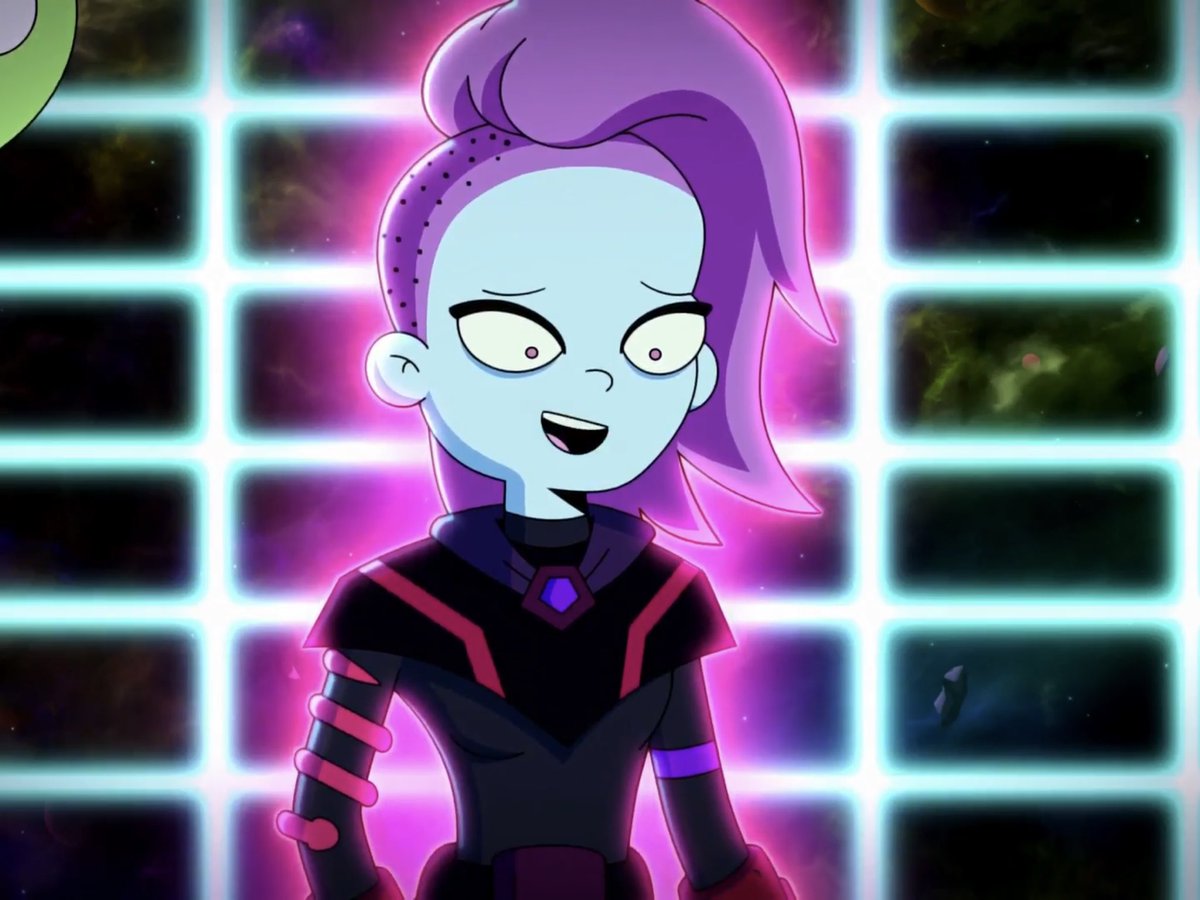
The moats, the ramparts and the palisades were all dismantled, but carried over in some street names. Does she feel there’s a risk of idolatry? How would she differentiate what she does from what the Torah seems to be referring to in Exodus? Ultimately, of course, it’s up to her to decide if she thinks what she’s doing is problematic, but it’s nice of you to do some research.The earliest name of the street was "Gravene", meaning "the moats" or "the digs", referring to the previous moats around Aarhus, dug as part of the Viking town fortifications. It might be helpful to talk to your sister about exactly what kinds of things she draws, and how she thinks they are perceived by others. A good artist, Kahn thinks, produces work that helps to redeem the world. And beyond just serving, they have the opportunity to redeem the world through their work. Just as God created the world, so artists of this world serve God by creating. Bezalel means “in the shadow of God,” and Kahn sees that as an important commentary on the function of artists. He reminded me that the Torah tells us about Bezalel, the artisan who was charged with creating the Tabernacle.
#Will graven full#
He doesn’t see any problem creating an image of a full human body.īut, he said that he does see people obsessing over the price of artwork, and its monetary value, instead of over the artwork itself. He said it seemed clear to him that the root of the law was idolatry, and because he doesn’t see people worshipping idols or images anymore, and because we don’t know what God looks like, he doesn’t worry much about the issue of graven images. I thought it might be helpful to hear an artist’s interpretations of these rules, so I spoke with Tobi Kahn, an artist who has thought a lot about this issue. For example, a sculpted bust would be acceptable, but not a full human form a drawing in which part of the body is obstructed by a piece of furniture or another person would also be acceptable.

Today most traditional rabbinic authorities go by the ruling in the Shulchan Aruch, sanctioning depictions of the human body that are somehow incomplete. However, the Shulchan Aruch differs from the Talmud in that it allows one to create two-dimensional paintings and images of the human body, as long as the entire body is not shown. In the 16th century, the Shulchan Aruch expanded the ban on creating sculptures, adding prohibitions against forming any three dimensional image that could be worshipped, including images that stand out in bas-relief (such as friezes). The famous bird head Haggadah from 12th-century Germany is an example of this phenomenon. In some Jewish communities during the Middle Ages artists got around this prohibition by drawing human bodies topped with heads of other animals, including birds. (Avodah Zara 43a) The prohibition comes from a concern that even two-dimensional images could be worshipped, or could represent idols.

The Talmud comments on the second commandment, and takes a very strict stance against producing images of faces, ruling it forbidden, but sanctioning owning images of faces that were created by non-Jews. You asked specifically about drawing the human form, so I’ll give you a bit more history on how that issue is treated in rabbinic literature. One of the primary messages of the Torah is that worshipping idols is not allowed, so it’s not surprising that creating pieces of art that could be used as idols was prohibited. The most common prohibition, and the one that’s most obvious from the text, is against creating sculptures of people, animals, or planets for the purpose of worshipping them. Over time, this commandment has been interpreted in a variety of ways.

You shall not make for yourself a sculptured image, or any likeness of what is in the heavens above or on the earth below, or in the waters under the earth.

This gives me an opportunity to talk about one of my favorite subjects: art!Īs you correctly pointed out, the second of the Ten Commandments has to do with creating artwork, idols, or icons that represent living beings or celestial objects. What are the rules in Judaism about creating images of people?Īnswer: Well, color me excited, Lori. I’m worried that she might be violating the second commandment. Question: I have a sister who is a successful artist, and draws the human form. My Jewish Learning is a not-for-profit and relies on your help Donate


 0 kommentar(er)
0 kommentar(er)
